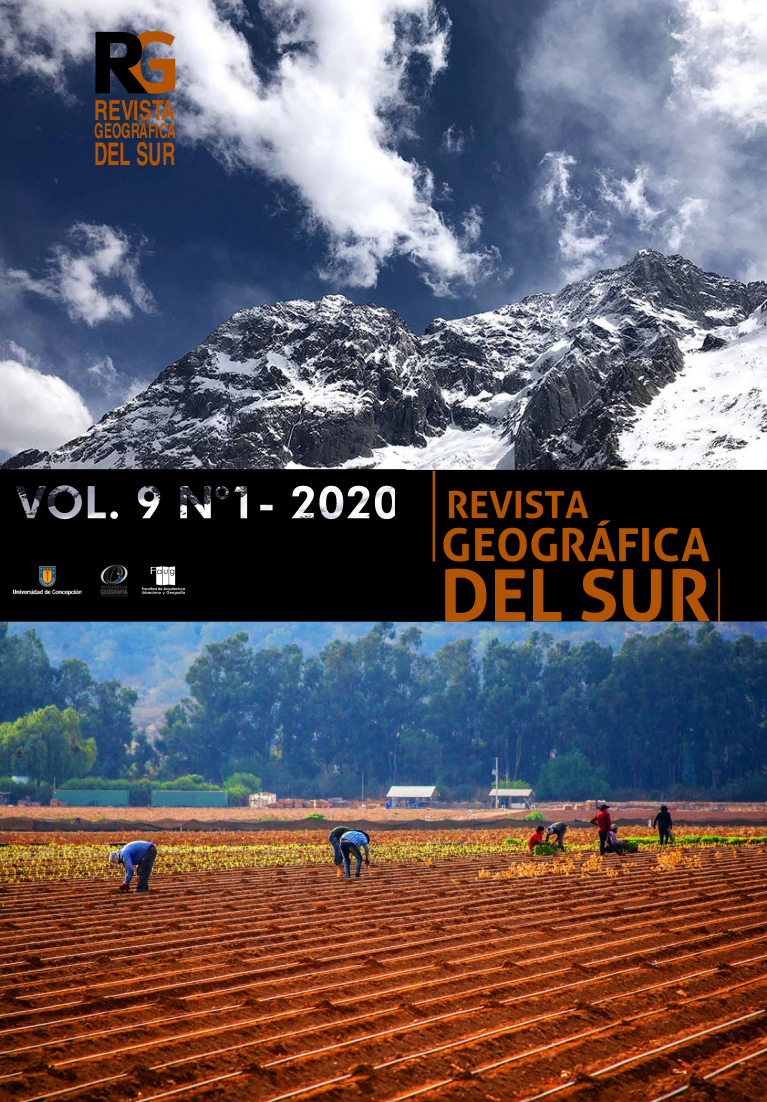ANTARTIC: WAIS THAWING AND VOLCANISM
DOI:
https://doi.org/10.29393/GS9-2FFAD10002Keywords:
WAIS, Volcanism, ice thinning, glaciers velocity increaseAbstract
and faster loss of mass in the western sector of the Antarctic Ice Sheet (WAIS), which has
in some of them has reached magnitudes not recorded for thousands of years (Domack
et al., 2002). Beyond the effects of the global warming and direct human impact, this
particularly high reduction in WAIS led to the consideration of another genetic factor,
namely volcanism and the associated latent heat at the base of the ice mass.
During research carried out on King George Island, a strong retreat and thinning of
activity, such as volcanic necks, lava fragments and pyroclasts, were found (Kellemetals,
in and around the South Shetland archipelago (Krauss, 2008; Ferrando et al., 2009),
led an investigation using satellite images in the Mary Byrd Land sector. As a result,
several volcanic structures were recognized in that sector of the WAIS. Consequently, a
several researchers found a large number of volcanic structures, some of them active in
the Mary Byrd Land and its surroundings, and some others, such as the existence of rocky
glaciers at the McMurdo dry valleys (Bockheim, 2002), reveal a double cause for the
unequal level of consumption between WAIS and the eastern sector of Antarctica (EAIS).
Additionally, recent studies have established that WAIS is the most volcanic territory on the
planet. This background leaves no doubts about the role of volcanism in the greater loss
of ice from WAIS than from EAIS,in the greater loss of thickness and in the acceleration
of glaciers.
Downloads
Published
How to Cite
Issue
Section

This work is licensed under a Creative Commons Attribution 4.0 International License.







